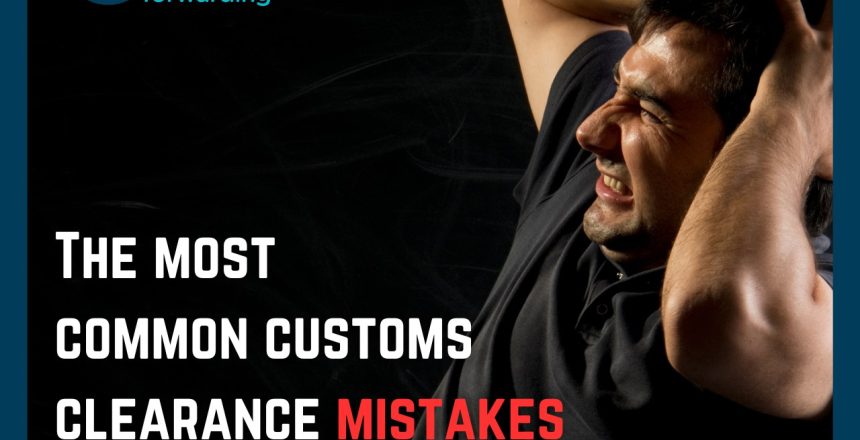When it comes to international shipping and trade, customs clearance is a crucial step. It can be a complex and daunting process where making mistakes can be costly. To help you navigate these often tricky scenarios, we’ve put together a simple guide on the most common customs clearance mistakes and how to avoid them.
1) Incomplete or inadequate Documentation
One of the most frequent customs clearance mistakes is not having the right documentation in order. Customs officials require specific paperwork to process your shipment. These documents usually include the commercial invoice, packing list, bill of lading, and any required permits or licenses. Ensure that all documents are complete, accurate, and readily accessible.
A good way to make sure you have all the required documentation is to create a checklist for each shipment. These lists can help you confirm that you have all the necessary documents. Consult with a customs broker or expert to ensure you’ve covered all the bases.
2) Incorrect Tariff Classification
Customs duties and taxes are chosen based on the Harmonized System (HS) code, which classifies products. Assigning the wrong HS code can result in overpayment or underpayment of duties and taxes. If it sounds kind of tricky, is because sometimes it is.
Investing time in understanding the HS code system or hiring an expert who can help you correctly classify your goods is a good way to avoid making this kind of mistake. After all, this can help you save some money, so it’s worth getting it right.
3) Ignoring Customs Regulations
Each country has its own set of customs regulations, and they can change frequently. Failing to stay updated on these regulations can lead to delays, fines, or even the seizure of your goods.
A competent customs broker should be well-informed about these regulations, so it’s always a good idea to consult one who specializes in the specific country you are dealing with.
4) Inaccurate Goods value
Many taxes are often based on the declared value of your goods. Undervaluing or overvaluing your products can lead to issues with customs authorities, potentially resulting in substantial financial problems.
To avoid this problem, ensure that the declared value is accurate and supported by proper documentation, such as invoices and receipts.
5) Failure to Properly Label and Package Goods
Although it may sound like a simple task, improper labeling and packaging are not uncommon customs clearance mistakes. They can lead to confusion and delays during customs clearance. Clear and accurate labeling is important for customs officials to identify the contents of your shipment. Poor labeling can sometimes be interpreted as an attempt to conceal or misrepresent the goods being imported, potentially resulting in more extensive inspections, additional paperwork, and potential fines or penalties.
To avoid this, follow packaging and labeling guidelines for each specific product. Additionally, it’s always a good idea to invest in high-quality packaging materials to ensure your goods are protected during transit.
Customs clearance mistakes
Customs clearance can be a challenging process, but avoiding these common mistakes can make it smoother and more cost-effective. Take the time to educate yourself about customs procedures and regulations for your shipments, and don’t hesitate to seek professional assistance when needed. If you’re looking for someone to help you through all of these processes, feel free to contact us!
Web: cgoforwarding.com
IG: @cgoforwarding
LinkedIn: CGO Forwarding México
Email: mexico@cgoforwarding.com




